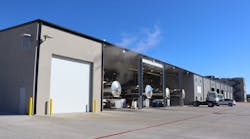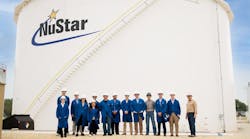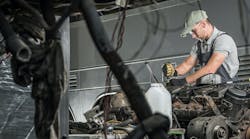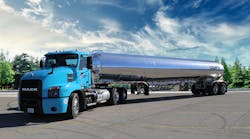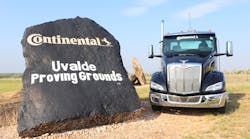SEABEES assigned to Naval Mobile Construction Battalion 74 have been charged with improving some key convoy routes in Afghanistan's Helmand Province. Their mission is to build short roads where vehicles often get stuck in deep sandy wadis.
If left alone, these routes could become impassable for military convoys in the winter months during the rainy season. Wadis are essentially dried up river beds which are spread throughout the Afghan desert. Five of these areas have been selected for renovation by NMCB 74's road crew detail.
“These roads are going to be a lot better than originally planned,” says Lt jg Christopher Waldrop, road crew detail officer in charge. “This is textbook Seabee work. We are self sufficient, heading outside the wire providing our own security and building what we are supposed to build. The Convoy Security Element (CSE) is finally using their training and the equipment operators are doing what they are trained to do.”
When the road crew and the CSE arrive at one of the designated wadis, the first step is to establish a secure perimeter, begin surveying the area and marking the dimensions of the road. This determines where to build and how much gravel will be needed. The crew uses bulldozers and graders to remove the thick silt like sand, which measures from one foot to four feet deep, on average.
“We clear out all the loose sand until we hit the hard surface underneath and then begin layering gravel, dirt, and water to form a cohesive bond,” says Waldrop. “We roll over that to compact it and then repeat once more until we have a hard surface.”
The gravel being used is provided by locals who are contracted to deliver it to the project site, which presents its own challenge. The trucks entering the project are directed by the CSE and EOs. Waldrop deals directly with the Afghan drivers to check their loads for safety and quality, making sure the United States gets what it has paid for.
“The language barrier is huge,” Waldrop says. “I know the [Pashtun] words for “driver,” “truck,” “thank you” and “slow down,” and they don't speak English. They also seem to be on their own timeframe. If we agree on an 8 am delivery, they will show up around noon.”
Rotating shifts through convoys to and from a nearby forward operating base, bringing their fuel and supplies with them on each rotation, the construction goes on 24 hours a day. The crew transports their earthmoving equipment to each project site and do not leave it unattended while the road is under construction, so there are no days off for these Seabees until they finish at a location.
The CSE spent an extensive amount of time during homeport in Gulfport, Mississippi, simulating running convoys using gun trucks armed with multiple types of crew served weapons, such as the M-240B and the .50 caliber machine gun.
“We spent a lot of time training in homeport and we can all do each other's job, whether it's the gunner, radioman, driver or even vehicle commander,” said 2nd Class Alicia Morgan, Construction Electrician, a CSE member.
This is the first time a Seabee Battalion's CSE team has been used extensively in Afghanistan and the team demonstrated an eagerness to carry out this mission. Their only request was for more chances to prove themselves in the near future.
“It's good to get outside the wire and do our job like we signed up to do,” says 2nd Class Mike Holzinger, Construction Mechanic. “I only wish we could have gone with the other convoys when we pushed our gear out to the forward operating bases and command outposts.”
Holzinger suggested that this mission was a perfect example of the first two lines in the “Seabee's Song.”
Holzinger recited, “We're the Seabees of the Navy we can build and we can fight. We'll pave our way to victory and guard it day and night!”
This special Bulk Transporter report on construction is a joint project involving Concrete Products, and Cement Americas, both sister publications of Bulk Transporter.
